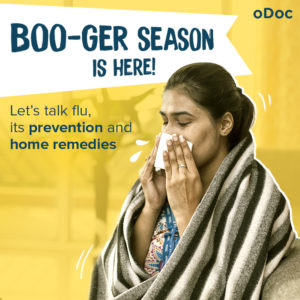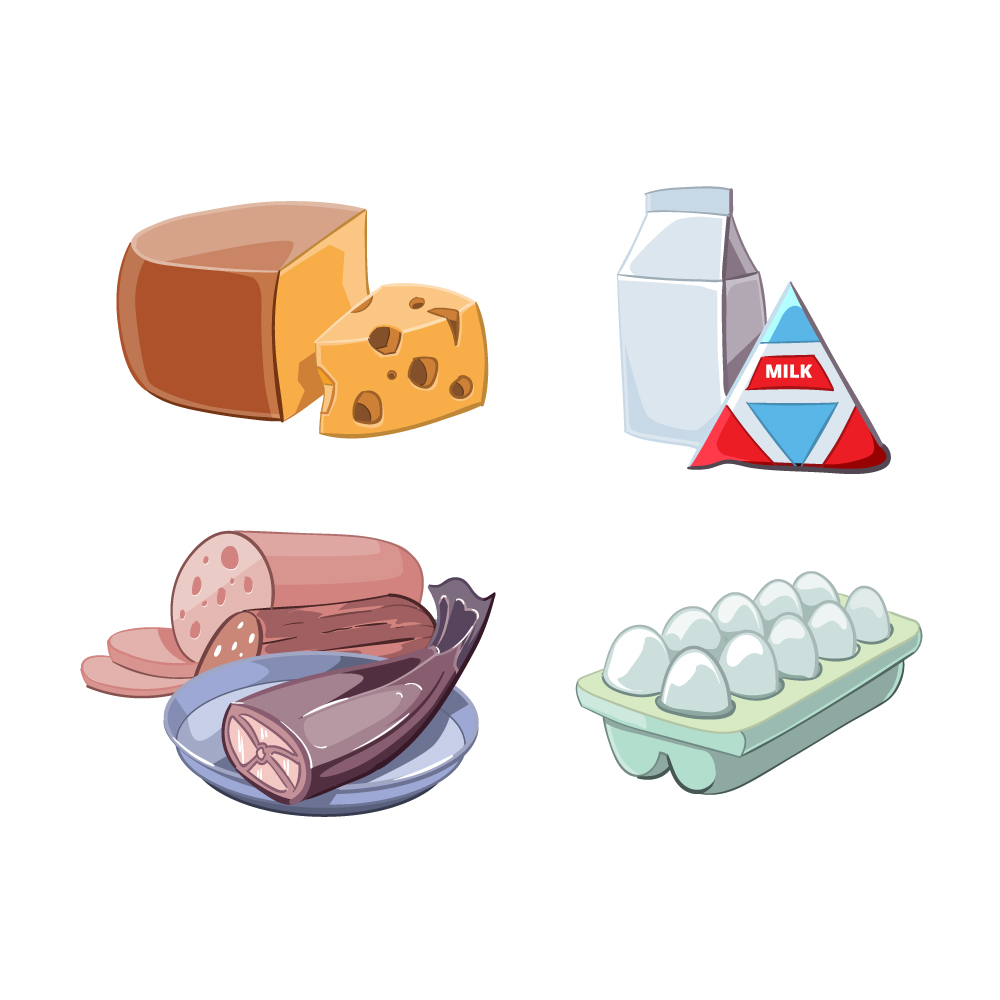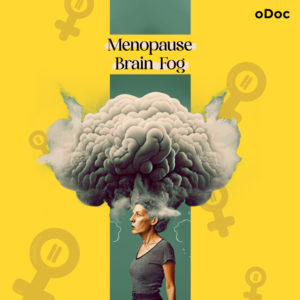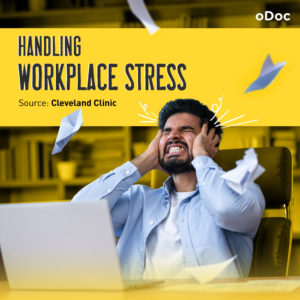
Let’s talk flu, its prevention and home remedies.
Boo-ger season is here! Let’s begin by defining flu (short term for influenza) because it’s usually misunderstood as fever or cold. Flu is a common
Arthritis is a widespread health condition that affects millions of people worldwide. It is characterised by inflammation in the joints, leading to various symptoms that can impact one’s quality of life. In this article, we will delve into the symptoms and causes of arthritis, shedding light on the intricate nature of this condition.
Arthritis Symptoms
One of the hallmark features of arthritis is inflammation. Inflammation is the body’s natural response to injury or infection, but in the case of arthritis, it becomes chronic and affects the joints. Individuals with arthritis often experience joint pain, a key indicator of the condition. This pain can range from mild discomfort to severe, debilitating agony, depending on the type and severity of arthritis.
In addition to joint pain, arthritis manifests in various symptoms that can differ from person to person. Stiffness, particularly in the morning or after periods of inactivity, is a common occurrence. Limited range of motion and swelling around the affected joints are also prevalent signs. As arthritis progresses, individuals may notice changes in the affected joints, such as redness and warmth.
Arthritis can extend its impact beyond the joints, causing muscular pain. Muscular pain is often a result of the body compensating for joint discomfort, leading to overuse and strain on surrounding muscles. Understanding these symptoms is crucial for early detection and effective management of arthritis.
Common Causes of Arthritis
Arthritis is not a singular disease but an umbrella term for a group of over 100 different types of joint disorders. The two most common types are osteoarthritis and rheumatoid arthritis, each with its distinct causes.
Osteoarthritis, the more prevalent form, typically develops over time due to wear and tear on the joints. Factors such as age, genetics, and joint injuries contribute to the breakdown of cartilage, the cushioning tissue that protects the ends of bones. As cartilage deteriorates, bones can rub against each other, leading to pain and stiffness.
Rheumatoid arthritis, on the other hand, is an autoimmune disorder where the immune system mistakenly attacks the synovium, the lining of the membranes that surround the joints. This results in inflammation, which can eventually lead to joint damage and deformities.
Inflammation: The Common Thread
Inflammation is a key player in the development and progression of arthritis. Understanding its role is crucial in managing the condition. Chronic inflammation not only contributes to joint and muscular pain but can also impact other organs and systems in the body.
Addressing Arthritis: A Holistic Approach
Managing arthritis involves a multi-faceted approach that includes medical intervention, lifestyle changes, and self-care. Nonsteroidal anti-inflammatory drugs (NSAIDs) and disease-modifying antirheumatic drugs (DMARDs) are commonly prescribed to reduce inflammation and alleviate symptoms. Physical therapy and regular exercise play a vital role in maintaining joint flexibility and strengthening the muscles around affected joints.
Conclusion
Arthritis is a complex and diverse condition that demands a nuanced understanding of its symptoms and causes. By recognising the signs early and adopting a comprehensive approach to management, individuals with arthritis can enhance their quality of life and mitigate the impact of this challenging condition.
oDoc easily allows you to cross-check and consult with the country’s top healthcare professionals with the highest convenience. Download oDoc today!
Sources

Boo-ger season is here! Let’s begin by defining flu (short term for influenza) because it’s usually misunderstood as fever or cold. Flu is a common
You could incorporate the following to enhance the level of vitamin D in your body.


Menopause Brain Fog is real: A Simple Guide with Symptoms and Treatment Women in their 40s and 50s who are just entering the end of

How to Keep Work Stress from Taking Over Your Life In today’s fast-paced and competitive world, work stress has become an all-too-common problem that affects
නවතම සෞඛ්යය උපදෙස් එසැණින් ඔබ වෙත ලබා ගන්න